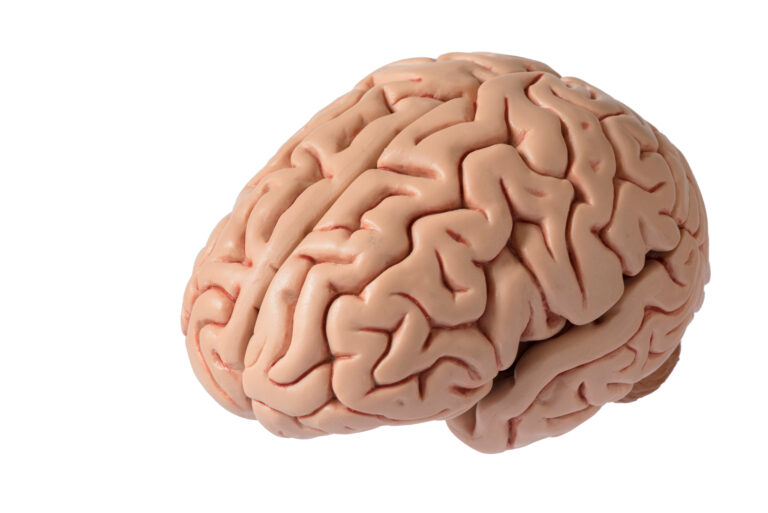Cognitive decline, also known as age-related cognitive changes, is a natural process that occurs as we get older. It is characterized by a gradual decline in cognitive abilities, such as memory, thinking, and decision making. While some degree of cognitive decline is considered normal, it can also be a precursor to more serious conditions such as Alzheimer’s disease or other forms of dementia.
But what if there was a way to predict and possibly even prevent cognitive decline before it becomes severe? A recent study has discovered a novel biomarker that may do just that.
First, let’s understand what a biomarker is. In simple terms, a biomarker is a measurable indicator of a biological process or condition. They can be found in different parts of the body, such as blood, urine, or tissues, and can be used to diagnose diseases, track the progress of treatments, and predict disease outcomes.
The study, led by researchers at the University of California, San Francisco (UCSF), looked at a specific protein called neuregulin-1 (NRG-1). This protein is known to play a role in brain development and function, but its levels have never been investigated as a potential biomarker for cognitive decline.
The team analyzed data from over 3,000 participants who were part of the Alzheimer’s Disease Neuroimaging Initiative (ADNI). They measured NRG-1 levels in the participants’ cerebrospinal fluid (CSF) – the fluid that surrounds the brain and spinal cord – using a highly sensitive technique called mass spectrometry.
The results showed that lower levels of NRG-1 in the CSF were associated with a faster rate of cognitive decline. This was true even after controlling for other factors such as age, sex, education level, and genetic risk for Alzheimer’s disease.
This finding is significant because it suggests that NRG-1 may serve as a reliable biomarker for predicting cognitive decline. Currently, there is no single biomarker that can accurately predict the risk of developing cognitive decline, and the ones that are used are not always conclusive. For example, brain imaging techniques like MRI can detect structural changes in the brain, but they are expensive and not widely accessible.
NRG-1, on the other hand, is a relatively simple and cost-effective test that can be done using a small sample of CSF. This makes it a potential candidate for routine screening to identify individuals who may be at risk for cognitive decline and could benefit from early interventions.
But how does NRG-1 actually play a role in cognitive decline? The researchers found that it acts as a neuroprotective factor, which means it helps protect and maintain the health of brain cells. As we age, the production of NRG-1 decreases, making our brains more vulnerable to degenerative changes that can lead to cognitive decline.
The study also found that NRG-1 levels were not only associated with cognitive decline but also with the accumulation of beta-amyloid and tau proteins in the brain – the two hallmark proteins of Alzheimer’s disease. This suggests that NRG-1 may not only predict cognitive decline but also the development of Alzheimer’s disease.
The discovery of this novel biomarker has opened up new possibilities for preventing or delaying cognitive decline. The next step would be to conduct further studies to validate these findings and explore potential interventions that could boost NRG-1 levels in the brain.
In conclusion, the discovery of NRG-1 as a biomarker for predicting cognitive decline is a significant breakthrough in the field of aging research. It has the potential to transform the way we approach cognitive decline, from diagnosis to prevention. With more research and development, we may be able to use NRG-1 as a tool to identify those at risk for cognitive decline and provide them with early interventions to maintain their cognitive health.





